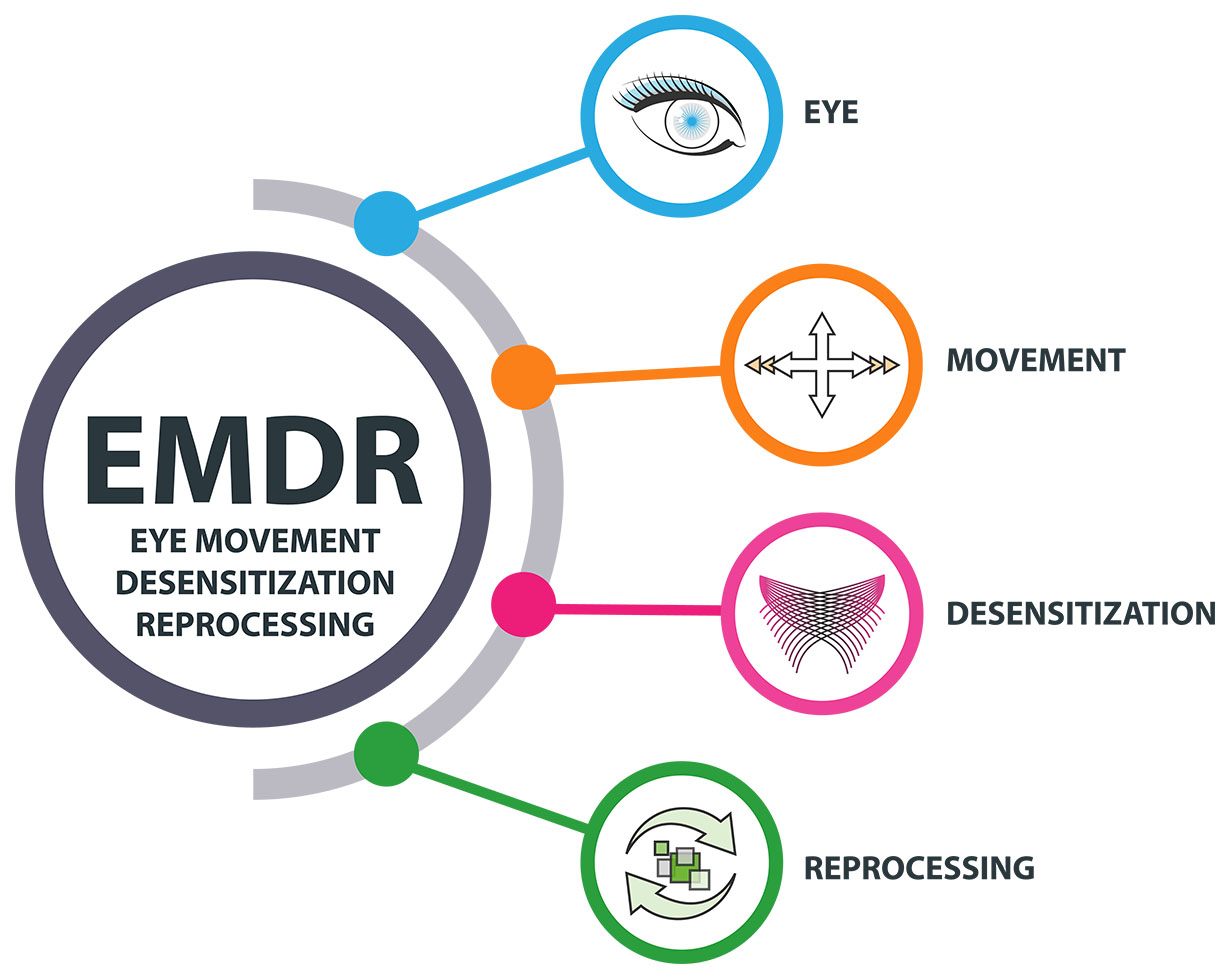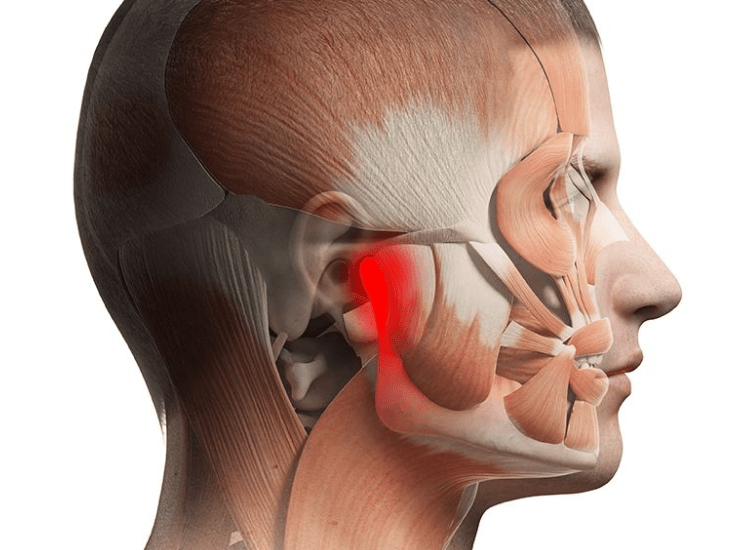The Healing Process: How an EMDR Therapist Treats Trauma

Trauma can impact every aspect of your life—your thoughts, behaviors, emotions, and even your physical health. Whether you’ve endured a single traumatic event or have experienced repeated trauma over time, healing is possible. One of the most effective and research-backed methods for trauma recovery is EMDR therapy, a structured and transformative approach designed to resolve deeply rooted emotional wounds.
When guided by a professional EMDR Therapist, this therapy offers an opportunity to rewire how your brain processes traumatic memories. In this article, you’ll discover how EMDR therapy works, what the treatment process involves, and why it can be a life-changing path to healing.
Understanding the EMDR Approach to Trauma Recovery
Eye Movement Desensitization and Reprocessing (EMDR) is a therapeutic method that helps people reprocess and desensitize painful memories that continue to influence their present behavior. Developed in the late 1980s, EMDR is especially effective for treating post-traumatic stress disorder (PTSD), complex trauma, anxiety, and phobias.
Unlike traditional talk therapy, EMDR doesn’t require clients to describe their trauma in detail. Instead, it engages the brain’s natural healing process through bilateral stimulation—most commonly, guided eye movements. This helps disconnect negative emotions and physical reactions from traumatic memories, allowing individuals to see past events more objectively and with reduced distress.
Initial Phases: Assessment and Stabilization
The journey with an EMDR therapist starts with understanding your emotional history. This phase includes:
- Gathering a full psychological background
- Identifying key memories or triggers
- Recognizing limiting beliefs like “I’m not safe” or “I’m broken”
- Establishing coping strategies and calming techniques
Before any memory processing begins, your therapist ensures you are emotionally equipped to handle the experience. They teach self-regulation techniques such as visualization, safe-place imagery, and breathwork to help manage emotional intensity.
These preparatory steps are essential in helping clients—especially those with complex trauma—feel grounded and safe before confronting distressing memories.
Targeting and Reprocessing Traumatic Memories
Once stabilization is achieved, the core EMDR sessions begin. Your therapist will help you:
- Select a specific memory that causes emotional disturbance.
- Focus on the image, emotions, body sensations, and beliefs associated with the event.
- Use bilateral stimulation—such as eye movements or tapping—to activate both hemispheres of the brain.
This dual attention allows your brain to begin reprocessing the memory in a more adaptive way. For example, a belief like “I’m powerless” may shift to “I survived” or “I’m strong.” Over time, the emotional intensity attached to the memory decreases, often allowing the client to recall the event without distress.
Reinforcing Positive Beliefs and Closure
After traumatic content is desensitized, the EMDR therapist helps reinforce positive beliefs. These empowering thoughts replace negative self-perceptions created during the trauma.
The session then moves to body scanning—a check-in to determine if there’s any residual discomfort. If tension or emotional unease remains, it’s addressed before the session concludes. Each EMDR session ends with grounding techniques to help you return to the present moment feeling emotionally balanced.
Closure is just as critical as the reprocessing phase, especially in trauma therapy. It ensures clients do not leave feeling emotionally raw or exposed.
How EMDR Differs From Traditional Talk Therapy
There are several key differences between EMDR and traditional therapy methods:
- Faster results – Some clients experience noticeable improvements in as few as 6–12 sessions.
- Less verbal disclosure – EMDR does not require you to talk extensively about your trauma.
- Neurological impact – It engages brain mechanisms linked to memory storage and emotional regulation.
- Focused on transformation – The goal isn’t just to “talk through” your trauma but to neurologically change how your body and mind relate to it.
EMDR therapy is especially useful for clients who have not found relief through other therapeutic approaches, particularly those suffering from long-standing or childhood trauma.
Who Benefits Most from EMDR Therapy?
EMDR is suitable for a wide range of people dealing with:
- Post-traumatic stress disorder (PTSD)
- Complex trauma or prolonged exposure to abuse
- Panic attacks and anxiety disorders
- Grief and loss
- Phobias and irrational fears
- Childhood neglect or abandonment
It’s also helpful for first responders, veterans, and survivors of assault or natural disasters. Because it is a non-invasive method, EMDR is often welcomed by individuals who find traditional talk therapy too overwhelming.
FAQs About EMDR Therapy and Trauma Healing
Q: Is EMDR therapy only for PTSD?
No. While EMDR is highly effective for PTSD, it’s also used for anxiety, depression, grief, phobias, and other trauma-related conditions.
Q: How soon will I see results?
Many people notice significant changes within 6–12 sessions. However, the duration depends on the complexity of your trauma and your emotional readiness.
Q: Is EMDR emotionally intense?
EMDR can bring up strong emotions, but the therapist ensures you’re equipped with grounding techniques and emotional tools to handle the intensity.
Q: Can EMDR therapy be done online?
Yes. Many therapists now offer EMDR virtually using safe and secure telehealth platforms with visual or audio bilateral stimulation.
Q: What makes a good EMDR therapist?
Look for someone who is certified or formally trained in EMDR therapy and has experience working with trauma survivors. A trauma-informed approach is essential for safety and effectiveness.
Conclusion: EMDR as a Pathway to Emotional Liberation
Healing from trauma is not about erasing memories—it’s about transforming the emotional weight they carry. An experienced EMDR therapist guides you through a safe, step-by-step process to shift from emotional reactivity to resilience and clarity. Whether you’re dealing with recent trauma or long-buried wounds, EMDR therapy offers a powerful opportunity for lasting change.
If you’ve been searching for a proven method to overcome emotional triggers, restore self-worth, and regain control of your life, EMDR could be the key. By working with a trauma-informed EMDR therapist, you don’t just survive—you thrive.



